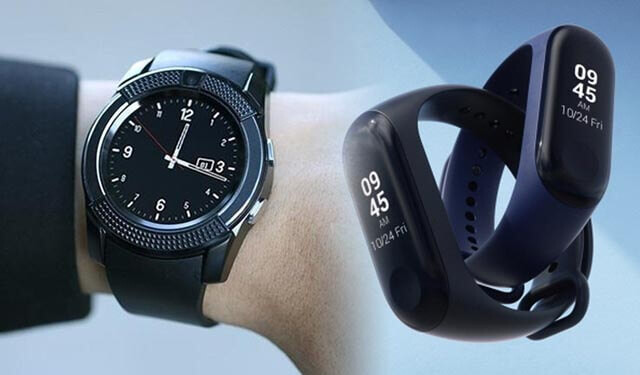
A research team in South Korea has developed a groundbreaking "all-in-one AI display" technology that could significantly reduce the power consumption of smartwatches and other wearable devices. The new technology, which utilizes novel materials, has demonstrated power consumption levels that are 30,000 times lower than existing smartwatches.
The research was conducted jointly by Professor Park Cheol-min's team at Yonsei University and Professor Wang Geon-wook's team at Korea University. Their findings were published on February 24th in the international journal 'Nature Materials'.
Overcoming Limitations of Existing Smartwatches
Current smartwatches and wearable devices consume a lot of power due to the separate operation of their sensor, computation, and display functions. This complex system leads to high power consumption, limiting battery life and overall device performance.
To address these limitations, the Korean research team integrated neuromorphic technology, which mimics the human brain's ability to process large amounts of data, with edge computing. Edge computing enables real-time data processing on the device itself, reducing the need for data transmission and further lowering power consumption.
A Novel Approach to AI Displays
The team developed an AI display device that combines sensor, synapse, and display functions into a single unit. This device utilizes an electrochemical luminescence ion gel and an organic electrochemical transistor. It is a neuromorphic-based device that can learn from input stimuli in real time through an artificial neural network and output the results as light intensity and color.
The power consumption of this integrated AI display is about 1 watt, which is approximately 30,000 times lower than that of a typical smartwatch.
Potential Applications
The research team has already used this technology to develop a wearable platform that can monitor joint rehabilitation and detect abnormalities in heart rate. They believe that this technology has the potential to revolutionize various fields, including health monitoring, robotics, smart sensors, and IoT-based AI devices.
Professor Park Cheol-min stated, "This research has overcome the high power consumption and complex structural limitations of existing wearable systems. It can be used in various fields, including health status monitoring, robot sensory feedback, smart sensors, and IoT-based AI devices."
This research was supported by the Nano·Material Technology Development Program and the Mid-career Researcher Program of the Ministry of Science and ICT and the Korea Research Foundation.
[Copyright (c) Global Economic Times. All Rights Reserved.]






























